Climate Action
We’re taking action to help shape a more positive future
Our planet can’t wait
On behalf of future generations, we have to act right now.
The world is facing unparalleled challenges from climate change. There’s an immediate need to reduce our impact.
We prioritize carbon reductions in our products while also transitioning to renewable energy, and supporting climate-impacted communities. But, we want to go beyond that to design for sustainability and address the full impact of our value chain. We’re focused on creating a positive impact so that, together, we can restore the world we share.
Our journey to Net Zero
To get to net zero, we need to make big changes. See the actions we’ve already taken and our goals for the future
2019
1.5°C Climate Commitment
We committed to the Paris Agreement to limit global warming to 1.5°C by 2050.
2020
Carbon Labeling
We were the first consumer electronics company to place carbon impact labels on our products, to hold ourselves to account for our impact and to raise awareness about carbon impact.
2023
Designing for Sustainability
We design for sustainability and use renewable electricity to prioritize carbon reduction. In 2021, 2022 and 2023, we addressed residual emissions with high-quality certified offsets and carbon removals.
2030
2030 Double Down
We’re doubling down our efforts to reduce our value chain carbon footprint by more than half and reduce our emissions to near-zero.
2030+
Net
Zero
Beyond 2030, we will continue to work with our value chain partners to reduce our carbon emissions by more than 90% and address all residual carbon impact with carbon removals by 2047.
Reduce
This is the heart of our strategy. We design for sustainability - to ensure every generation of Logitech product, experience and service is better than the last, with a reduced carbon impact.
Our Strategy

REDUCE
Design for sustainability to achieve ambitious carbon reductions in our products, operations, and supply chain.

RENEW
Drive adoption of renewable electricity in our own operations and our supply chain.

RESTORE
Restore forestry and climate-impacted communities by supporting low carbon projects and developing nature-based solutions.

RETHINK
Rethinking how we do business, innovating our materials, supply chains and go-to market opportunities to advocate for change.
Reduce
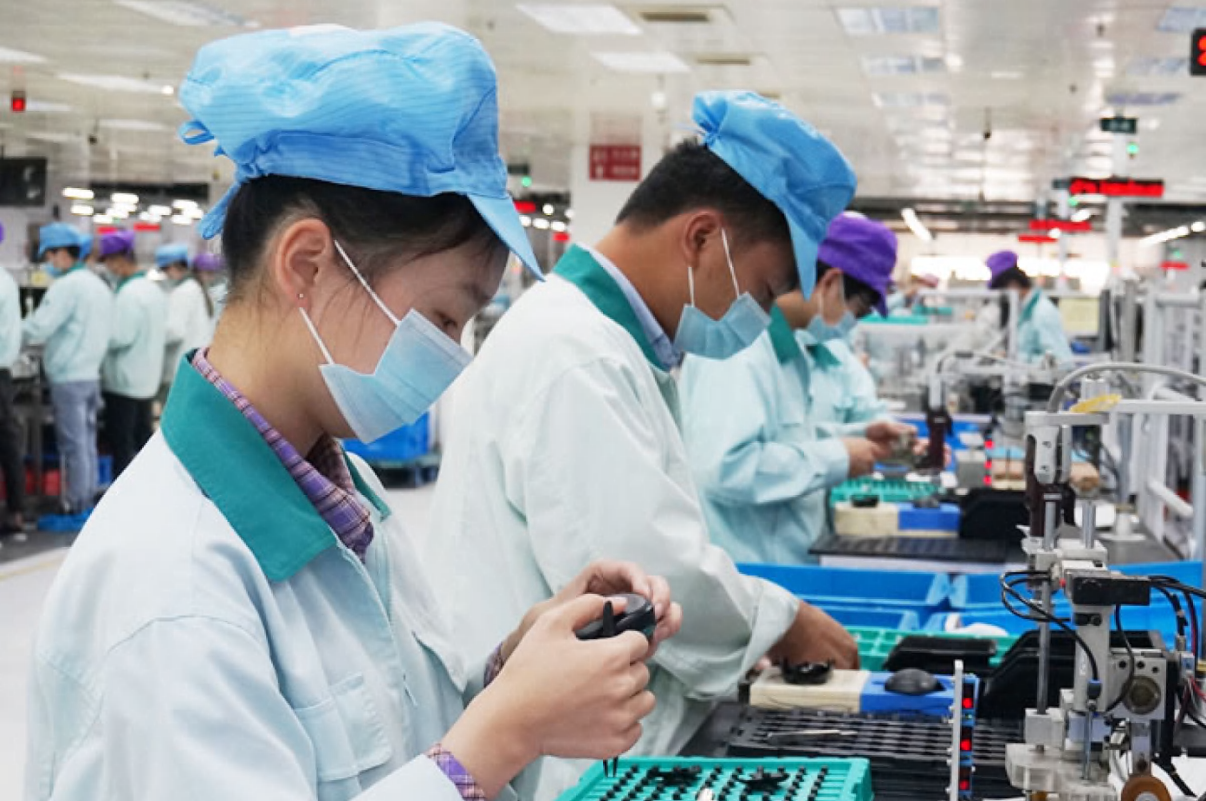
China
Carbon reductions in our production facility
Achieving carbon neutrality with the help of energy efficiency programs and renewable electricity at our own production facility
In 2013 we set ourselves the target to reduce the carbon footprint of our production facility by 20% by 2018. When we hit this target, we decided to go further and commit to transitioning to 100% renewable electricity and addressing 100% of our residual footprint with high quality certified offsets. Through these actions, we would achieve carbon neutrality.
And we did. At a facility level, this was helped by a number of energy-efficiency programs, including programs to reduce absolute energy demand by replacing T5 lighting with LEDs, optimizing our use of air compressors and installing time controllers to power-down lighting and turn off drinking water fountains. We also continued to develop our metering program to help us track and understand hotspots of energy use, and identify reduction opportunities for targeted focus. In 2021, for example, we replaced one of our older compressors at our facility with a double-stage, high-efficiency air compressor and improved efficiency by an estimated 11%. We also upgraded two chillers. Those projects alone generated an estimated carbon saving of 630 tCO2e.

Post-Consumer Recycled Plastic
Making our products more circular by using post-consumer recycled plastic
We want to make Logitech products more circular. Virgin materials should be avoided, in favor of recycled materials. We use post-consumer recycled (PCR) plastic to give a second life to end-of-life plastic and help reduce our carbon footprint. We are applying PCR at scale across the company, targeting our largest product portfolios for the most impactful carbon reduction.
Using recycled plastic is a key part of our Design for Sustainability efforts. We are increasingly using recycled plastics across top-selling product lines for mice, keyboards, webcams and speakers. By the end of 2021, more than 50% of the mice and keyboards in our Creativity and Productivity portfolio, our largest portfolio, will be made with recycled plastic, eliminating an estimated 7,100 tons of virgin plastic and 11,000 tons of carbon footprint per year.

MX Mechanical
Design for Sustainability reduces carbon impact
The release of the MX Mechanical wireless keyboard brought high-performance mechanical typing to advanced digital creators. Ambitious targets were established early in the design process to stay focused on achieving goals.
- Specifically designed to optimize material usage
- Plastic parts with 45% post-consumer recycled plastic
- One of our first product lines to use Low Carbon Aluminum

Paper-based hang tabs
A new paper-based design that’s 100% recyclable
In 2021 we also introduced our 100% paper-based hang tabs – an innovative design solution that uses molded pulp to replace the plastic or regular cardboard used in previous designs. Unlike other paper-based hang tabs, our new design is specially reinforced to reduce the risk of tearing.
Because our new molded hang tab is 100% paper-based, it is also 100% recyclable.

Webcam packaging
A new paper-based design that’s 100% recyclable
In 2021, we significantly reduced the size, weight and material usage across a range of webcam packaging, with final package size reduced by up to 71%, depending on the product line. This change has also allowed us to reduce the number of pallets required for every shipment - a pallet can now take between 30% to 60% more units than before. All of this work has resulted in an estimated impact reduction of 1,773 tonnes of Carbon per year.

Eliminating single-use plastic: clamshells
Scaling up efforts to eliminate single-use plastic
In 2021 we continued to scale up our efforts to eliminate single-use plastic from our packaging. We developed a single-use plastic policy, highlighting our commitment to reducing plastic packaging as much as technically possible across all product ranges, with the long-term goal to eliminate it completely.
By switching to brown box packaging for products sold online we successfully eliminated over 1.1 million plastic clamshells from our portfolio this year.

Eliminating single-use plastic: plastic bags in distribution
Scaling up efforts to eliminate single-use plastic
In 2021 we continued to scale up our efforts to eliminate single-use plastic from our packaging. We developed a single-use plastic policy, highlighting our commitment to reducing plastic packaging as much as technically possible across all product ranges, with the long-term goal to eliminate it completely.
We switched from using plastic to protect our packaging boxes in distribution to using tissue paper wrap in a number of product lines. This led to the elimination of more than 2.6 million plastic shipping bags from our portfolio of existing product lines, and an additional 3 million for newly-launched products.

Eliminating single-use plastic: plastic bags inside the retail box
Scaling up efforts to eliminate single-use plastic
In 2021 we continued to scale up our efforts to eliminate single-use plastic from our packaging. We developed a single-use plastic policy, highlighting our commitment to reducing plastic packaging as much as technically possible across all product ranges, with the long-term goal to eliminate it completely.
We also eliminated the use of plastic bags inside the retail box for many of our product lines, using tissue wrap and soft paper-based bags to protect the product & accessories instead. This has resulted in the elimination of a further 5.8 million plastic bags.

ERGO M575 Packaging
Scaling up efforts to eliminate single-use plastic
In 2021 we launched ERGO M575, featuring an innovative packaging solution that delivers a 34% lower carbon footprint than its predecessor the M570, while reducing the weight of single-use plastic by 98%Remaining plastic in M575: Tamper seal label (0.05g), and PP Lamination on the primary box (approx. 1g).
By integrating assessments of environmental impact throughout the design and development process, the team arrived at a solution that completely removed the need for a plastic tray or plastic bag, instead of using an internal protective wrap made from paper to protect the product. To further reduce impact and material waste, all setup instructions were printed directly onto this protective paper-based wrap.
- Carbon reductions in our production facility
- Post-Consumer Recycled Plastic
- MX Mechanical
- Paper based hang tab
- Webcam Packing
- Eliminating single-use plastic: clamshells
- Eliminating single-use plastic: plastic bags in distribution
- Eliminating single-use plastic: plastic bags inside the retail box
- Ergo M575
Renew
We are transitioning away from fossil fuels. We use supply chain intelligence to identify and map the energy footprint of our full value chain and we work in partnership with our partners and suppliers to transition to renewable electricity.
100%
Renewable Electricity at our Production Facility
94%
Renewable Electricity Worldwide
As of 31 December 2023
Renew
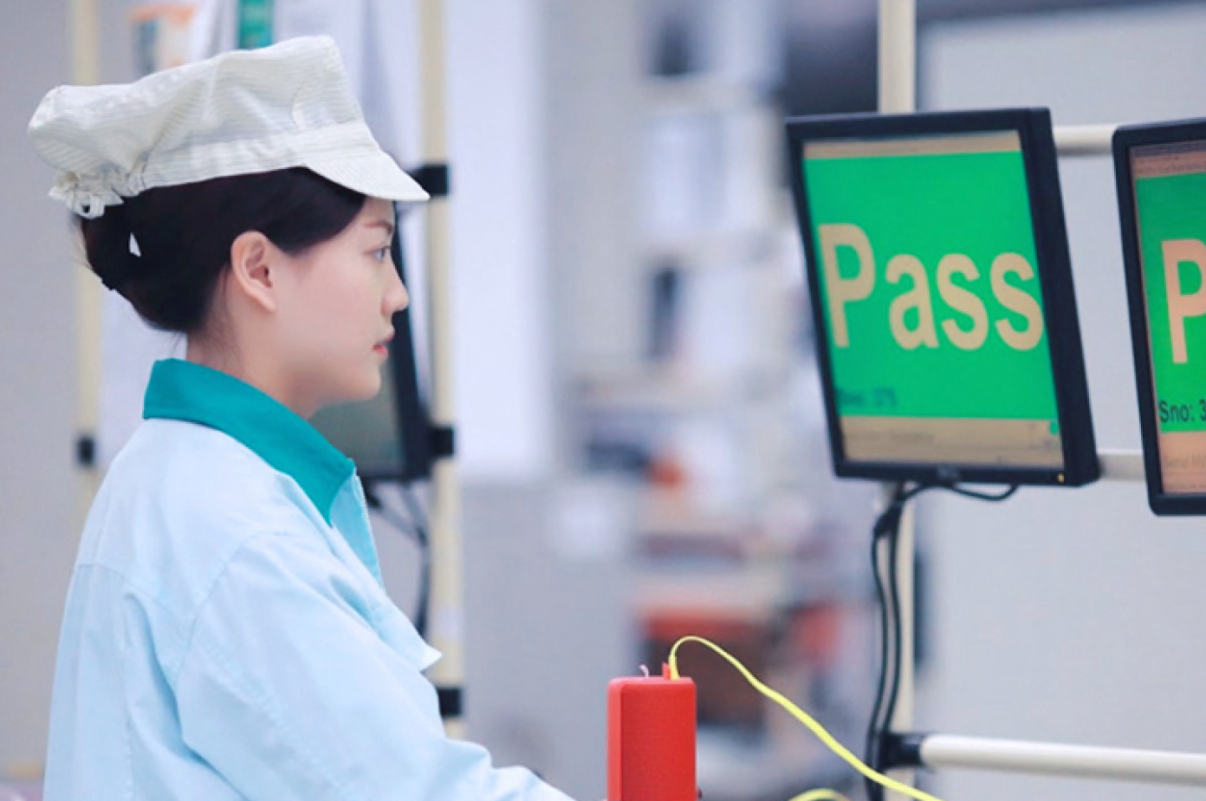
China
Renewable electricity in our production facility
Balancing 100% of our electricity footprint
Our manufacturing operations comprise one production facility in Suzhou China, where our products are assembled and tested. This facility was established in 2005 and has achieved ISO 14001 certification year-on-year since 1999. Our commitment to continuous improvement of environmental performance includes a strong focus on energy efficiency, and we have implemented many energy efficiency programs over the lifespan of our responsible management of this facility.
In 2018, we decided to match 100% of the electricity footprint of our production facility with purchases of third-party certified renewable electricity and purchase carbon offsets to achieve carbon neutrality for the first time. We have maintained this approach year-on-year since 2018.

Global
Renewable electricity in our offices
Purchasing renewable electricity to match our electricity footprint
Our target is to achieve 100% renewable electricity (RE) in our own business by 2030 by purchasing renewable electricity to match our electricity demand.
We continue to be recognized by the Environmental Protection Agency (EPA) in the United States.
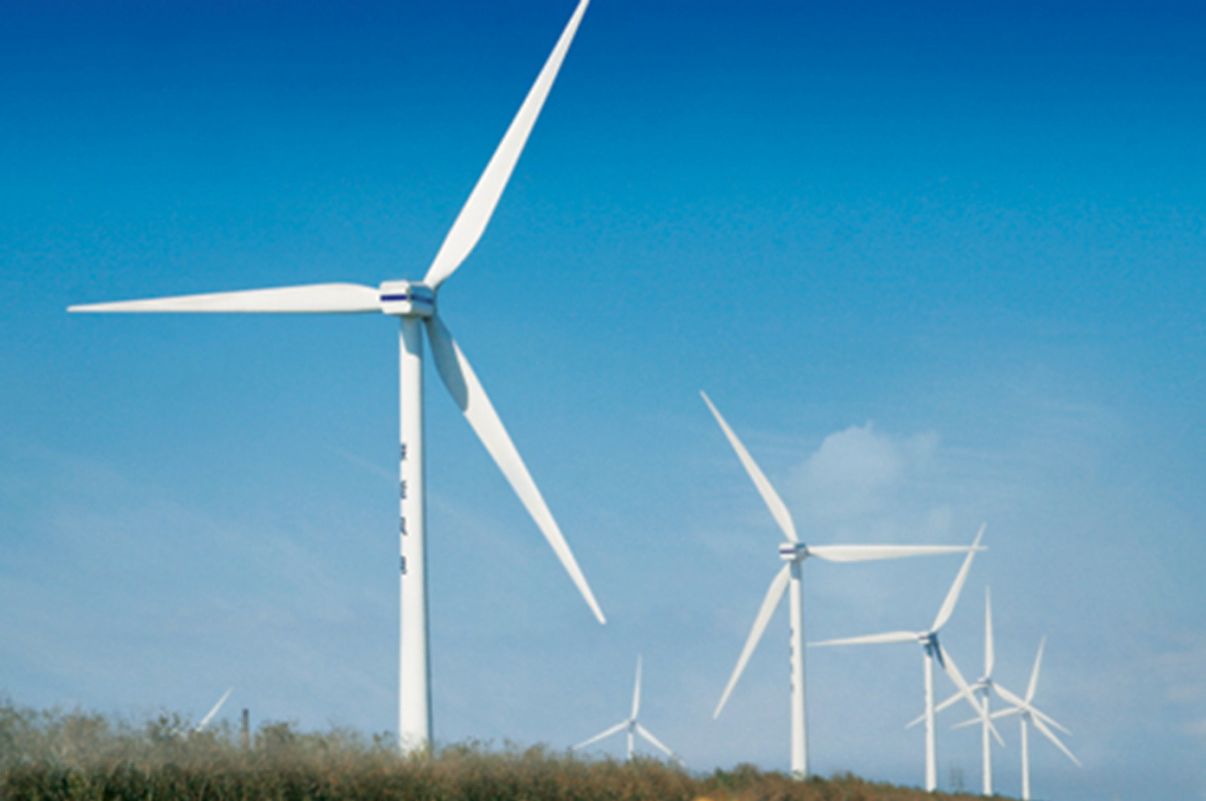
Renewable electricity in our supply chain
Supporting suppliers with the transition to renewable electricity.
Our Major Suppliers are the factory suppliers who accounted for 80% of our direct spend on manufacturing. We survey our Major Suppliers each year to understand and assess their electricity footprint and share current methodologies for modeling the carbon impact of manufacturing facilities.
In 2020, we invited our Major Suppliers to join us and support the transition to renewable electricity. To help and support suppliers, we launched the Logitech-Suppliers Renewable Electricity Buyers Club and we have established and co-hosted a portal every year since then, to enable suppliers to access and bulk purchase high quality, third-party certified renewable electricity.

SUPPLY CHAIN CLIMATE ACTION
In 2022 and 2023, Logitech was recognized as a Supplier Engagement Leader by CDP, a global nonprofit that runs the global disclosure system for investors, companies, cities, states and regions to manage their environmental impacts.
For global organizations like Logitech, our carbon reduction goals go well beyond our factory doors, they are interdependent on the success of our suppliers. Only by working together with out suppliers, can we drive environmental action at scale.
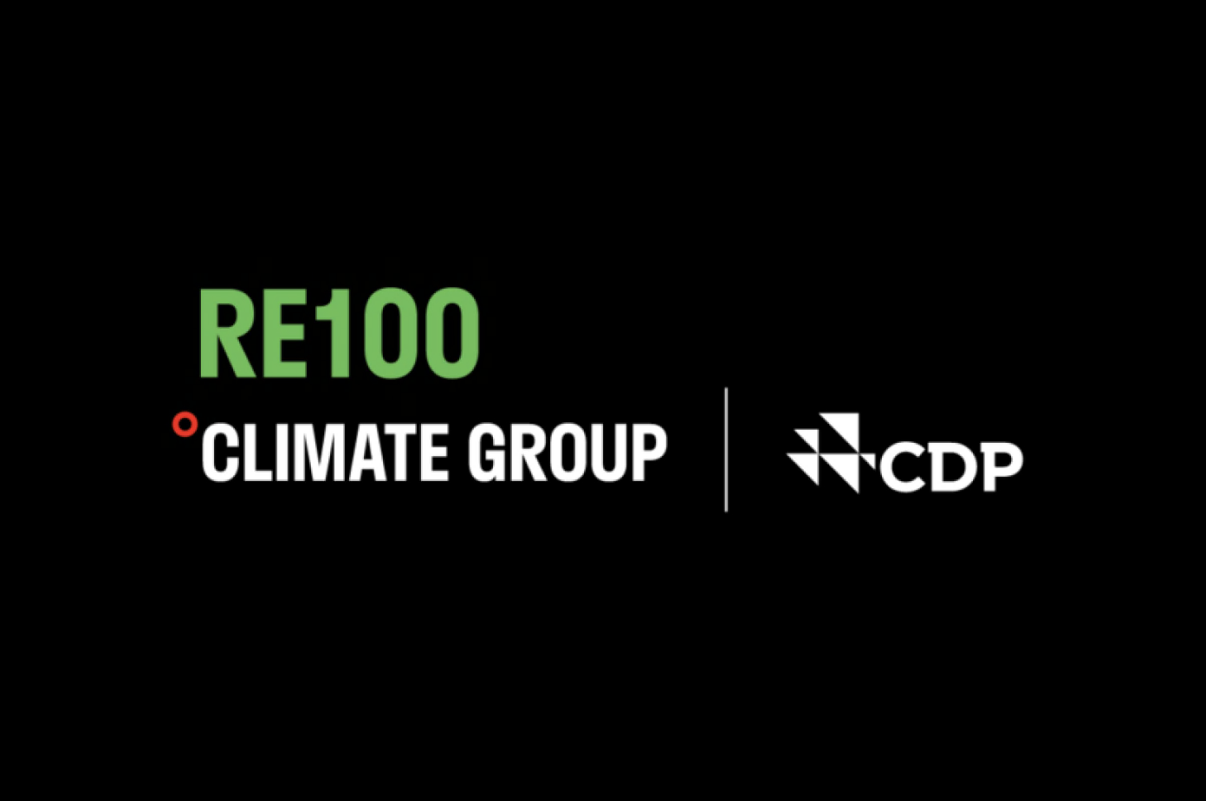
Advocacy
Advocating a global transition from fossil fuels to renewables
We continue to advocate for the transition away from fossil fuels and the adoption of renewables as part of our membership of the RE100 Initiative and work to accelerate change towards zero-carbon grids at scale.
RE100 is led by The Climate Group in partnership with CDP. RE100’s mission is to accelerate a global shift to clean energy and zero-carbon grids – delivering a cleaner, healthier future for all. RE100 members work together to advocate for 100% renewable electricity worldwide, in the shortest timeline possible, and work in partnership with others to address policy and market challenges.
We joined the RE100 initiative in November 2019 to collaborate with other industry leaders in pursuit of the global movement to catalyze uptake of 100% renewable electricity.
- IN OUR PRODUCTION FACILITY
- IN OUR OFFICES
- IN OUR SUPPLY CHAIN
- SUPPLY CHAIN CLIMATE ACTION
- ADVOCACY
Restore
We support the people and the projects who are on the front line and helping climate-impacted communities and ecosystems.
Restore
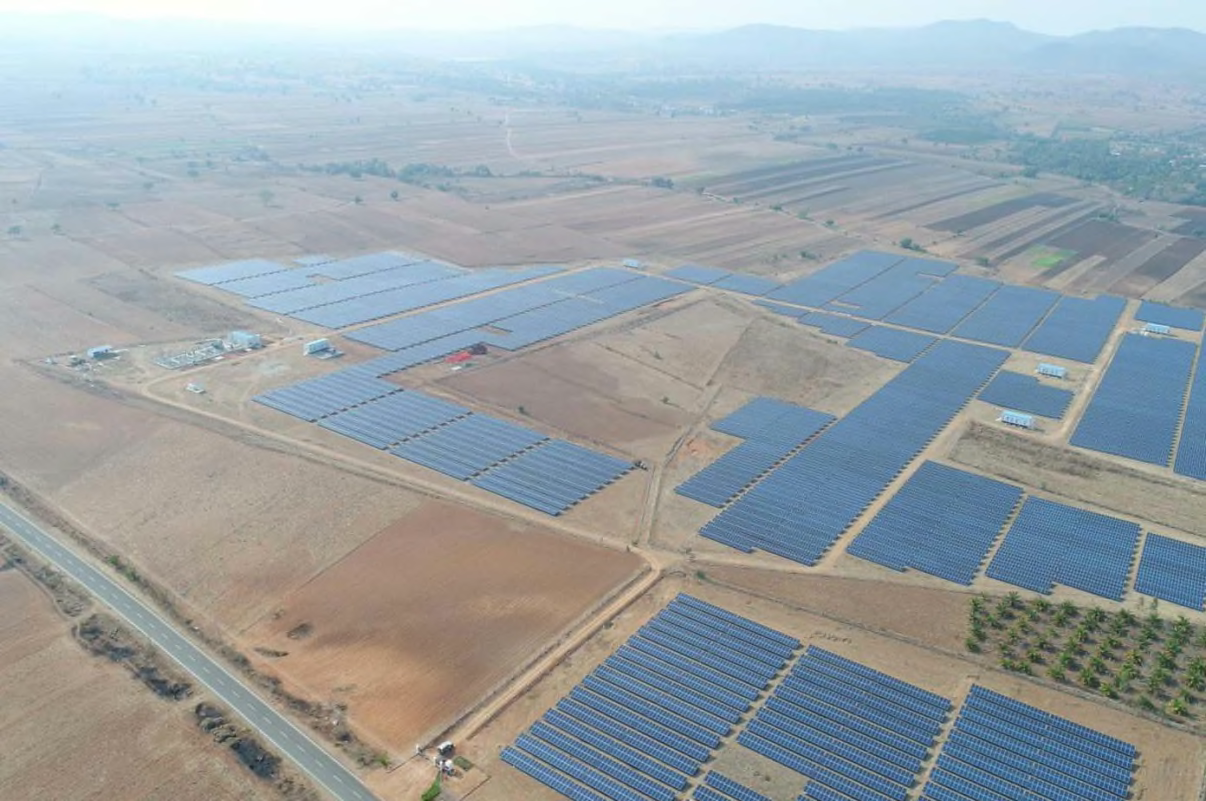
INDIA
Solar Power
This solar power project has a total capacity of 977 MW and is located in Gujarat, Karnataka, Madhya Pradesh, Rajasthan and Telangana states of India.
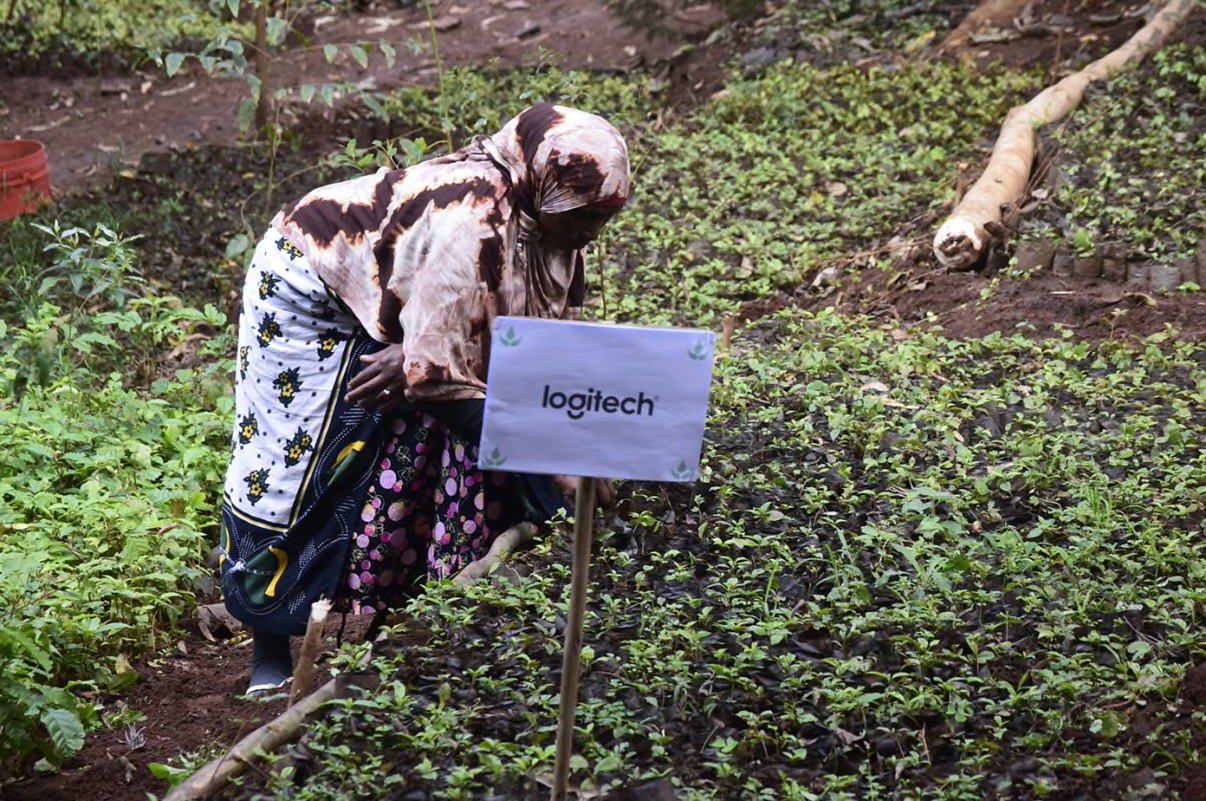
TANZANIA
Planting Trees with ForestNation
ForestNation partners with companies to engage people in tree planting in areas of community need in the developing world. As part of celebrating Earth Day 2020 and Earth Day 2021, we partnered with ForestNation to activate employees in local environmental activities and finance the planting of 16,400 trees in a 16-ha plantation near Kwekanga Village in Tanzania. To celebrate Earth Day 2023, Logitech for Business offered to plant trees on behalf of customers who opted in to plant trees with us. More than 150 organizations opted in and we are now financing the plantation of 7,480 additional trees, as a result of this campaign.
The plantation continues to help local communities develop livelihoods based on fruit harvesting and trade, while helping to restore a thriving forested and biodiverse plantation in an area that had been prone to illegal deforestation in the past.
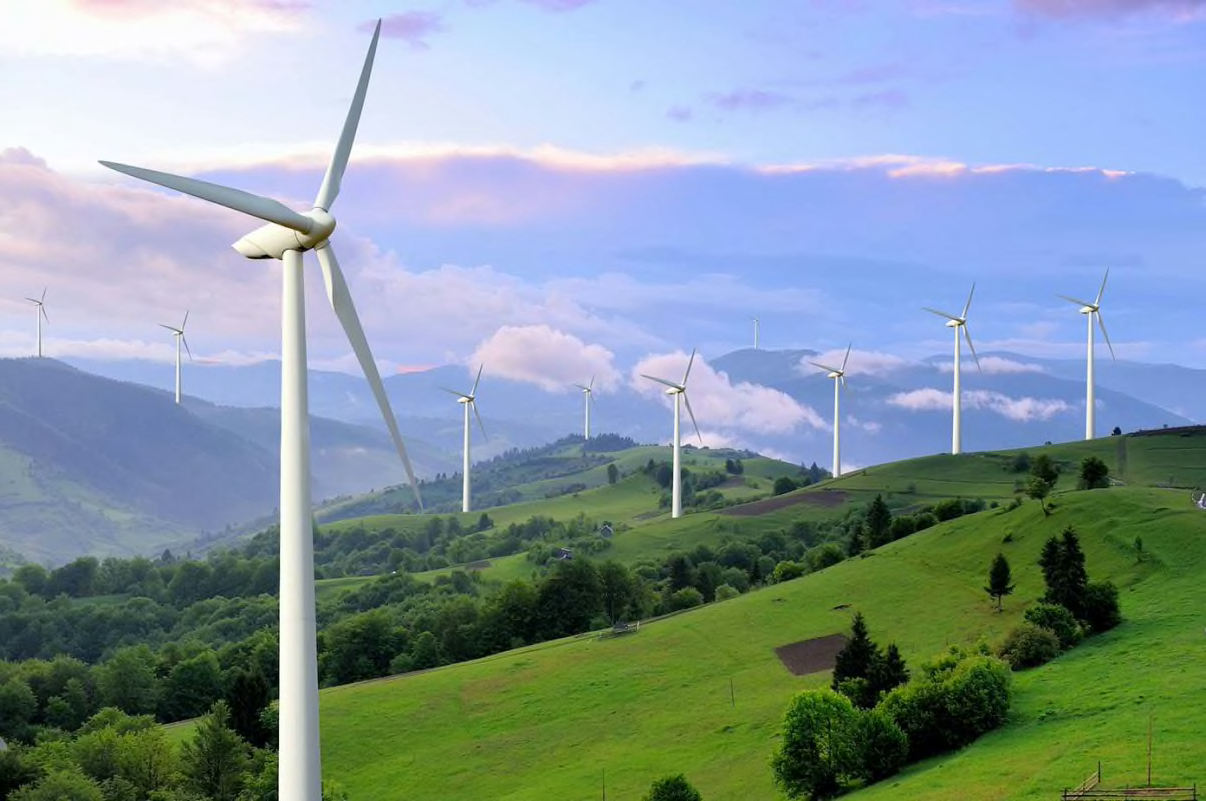
China
Renewable Energy Wind Projects
Logitech has purchased offsets from a number of windfarm projects in China. These projects utilise wind turbines to generate electricity with zero greenhouse gas emissions. In the absence of these projects, electricity delivered to the grid would have been generated by grid-connected power plants running on fossil fuels.
Note: the image shown here is the CGN Inner Mongolia Zhurihe project (VCS 1181)
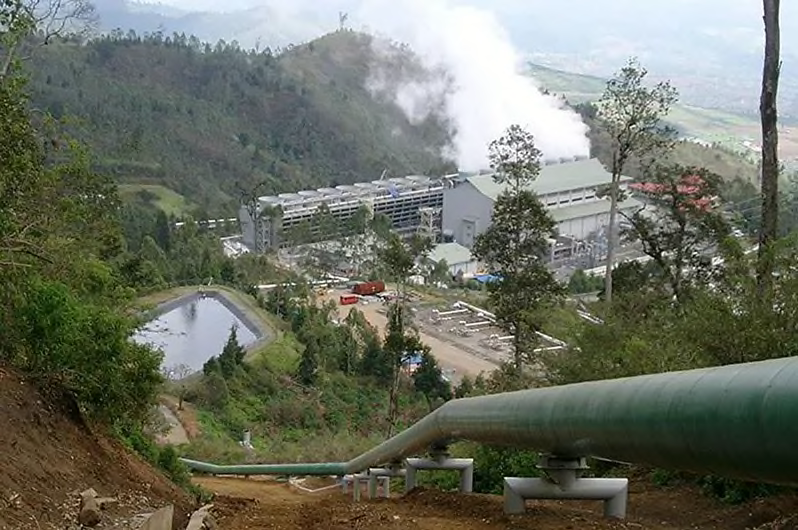
INDONESIA
Darajat Unit III Geothermal Project
This 121 MW geothermal power plant is located in Darajat, West Java, Indonesia. It increases the share of renewable energy in Indonesia by providing electrical energy to meet growing national and regional demand and is consistent with the Indonesian Government’s energy diversification and sustainable development goals.
The electricity that is produced from this plant is supplied to the Java-Madura-Bali (JAMALI) interconnected grid system and displaces greenhouse gases that would have otherwise been created by fossil fuel-based electricity generation by other generators on the grid.
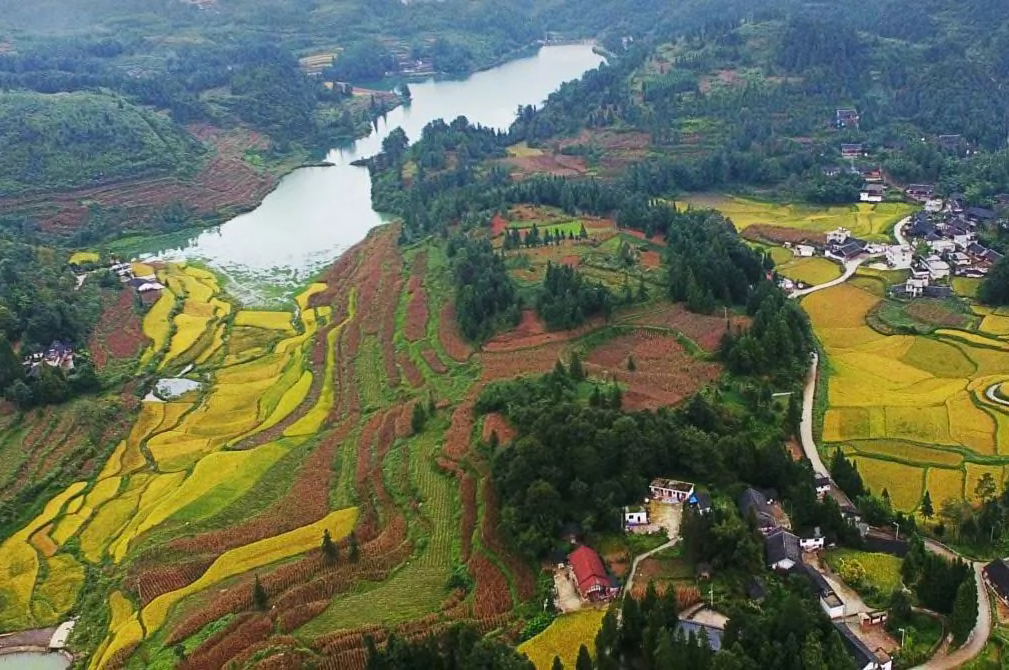
China
Qianbei Afforestation Project
This project comprises 50,061 ha of forestry in Zunyi City, Guizhou Province of China. The project site was originally a barren hill, which has now been planted with native trees (China fir, Cypresses, Yunnan pine and Masson pine).
The project sequesters carbon through biomass growth while also providing native habitat for numerous species and livelihood opportunities in the local communities where individuals are now engaged in forest management activities. This project is certified to the Verified Carbon Standard (VCS) as well as the Climate, Community and Biodiversity Standard (CCBS).
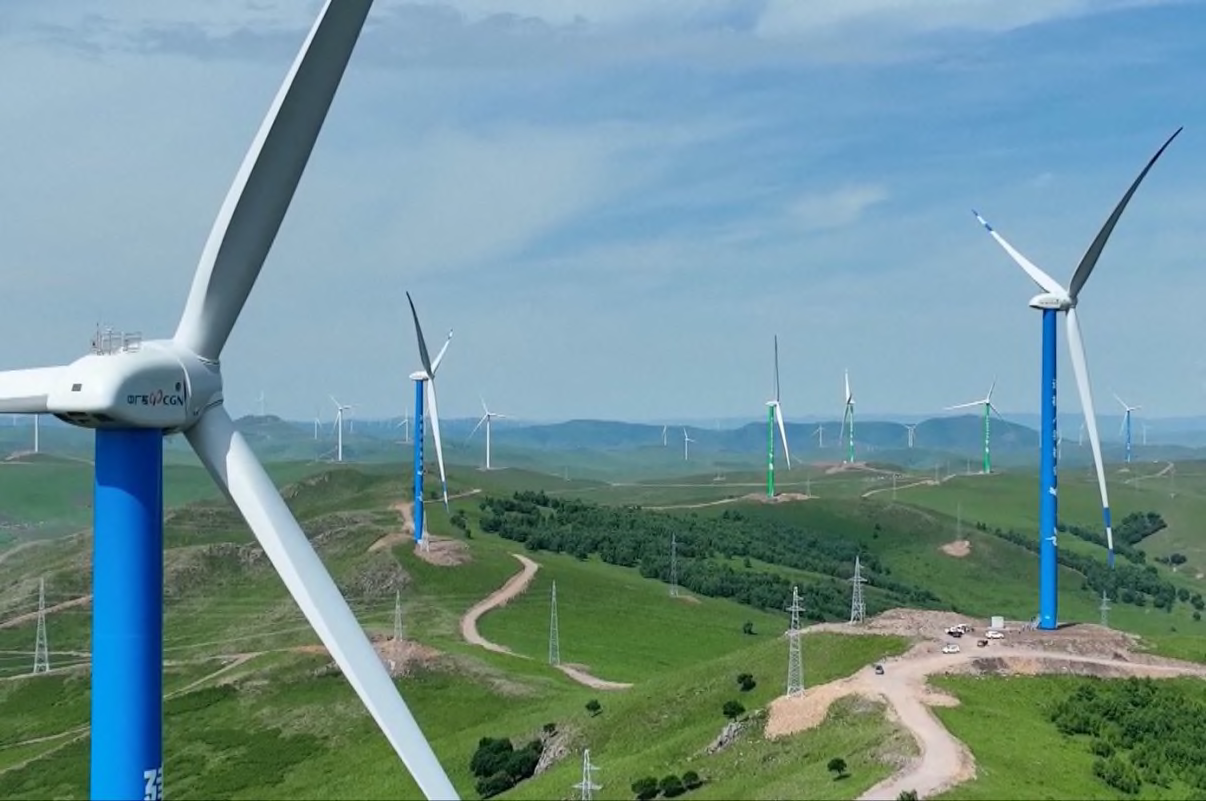
China
Renewable Energy Wind Projects
Logitech has purchased offsets from a number of windfarm projects in China. These projects utilise wind turbines to generate electricity with zero greenhouse gas emissions. In the absence of these projects, electricity delivered to the grid would have been generated by grid-connected power plants running on fossil fuels.
Note: the image shown here is the Inner Mongolia Wujier Phase I Wind Power Project (VCS 1947)
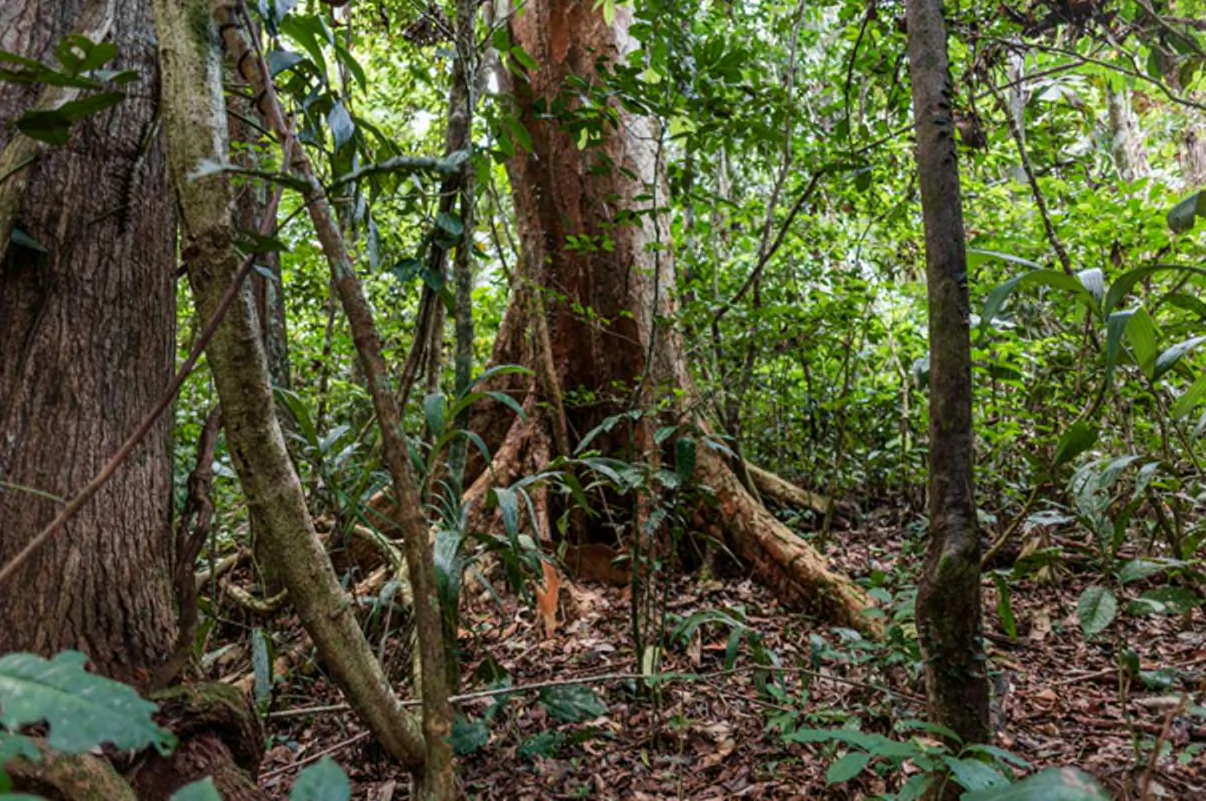
Brazil
Agrocortex REDD Project
The primary objective of the Agrocortex REDD Project is to avoid the unplanned deforestation of the 186,369.66 ha project area, consisting of 100% Amazon rainforest, in the States of Acre and Amazonas, South-western Amazon.
In addition to contributing to the long-term conservation of the region, the Agrocortex REDD Project also has the function of establishing a barrier against the advancement of deforestation, making an important contribution to the conservation of South-western Amazon biodiversity and also to climate regulation in Brazil and South America.
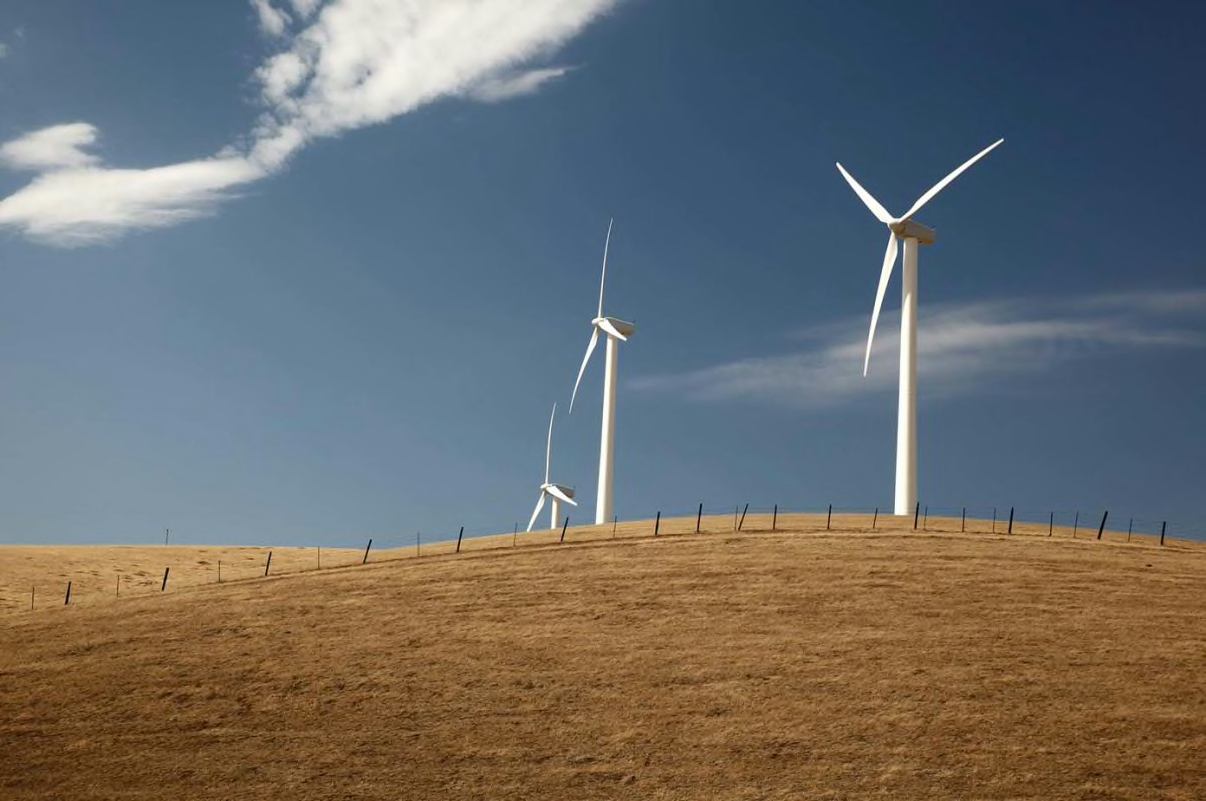
CHINA
CECIC HKC GANSU CHANGMA WIND POWER PROJECT
The Project is located in Gansu Province, in the People's Republic of China. The purpose of the Project is to generate electricity using wind power to deliver to the Northwest China Power Grid, which is predominated powered by fossil fuel power plants, including coal-fired plants.
This generated electricity will partially displace electricity currently generated from grid connected conventional fossil fuel based thermal power plants, while reducing emissions of 430,588 tCO2 annually.
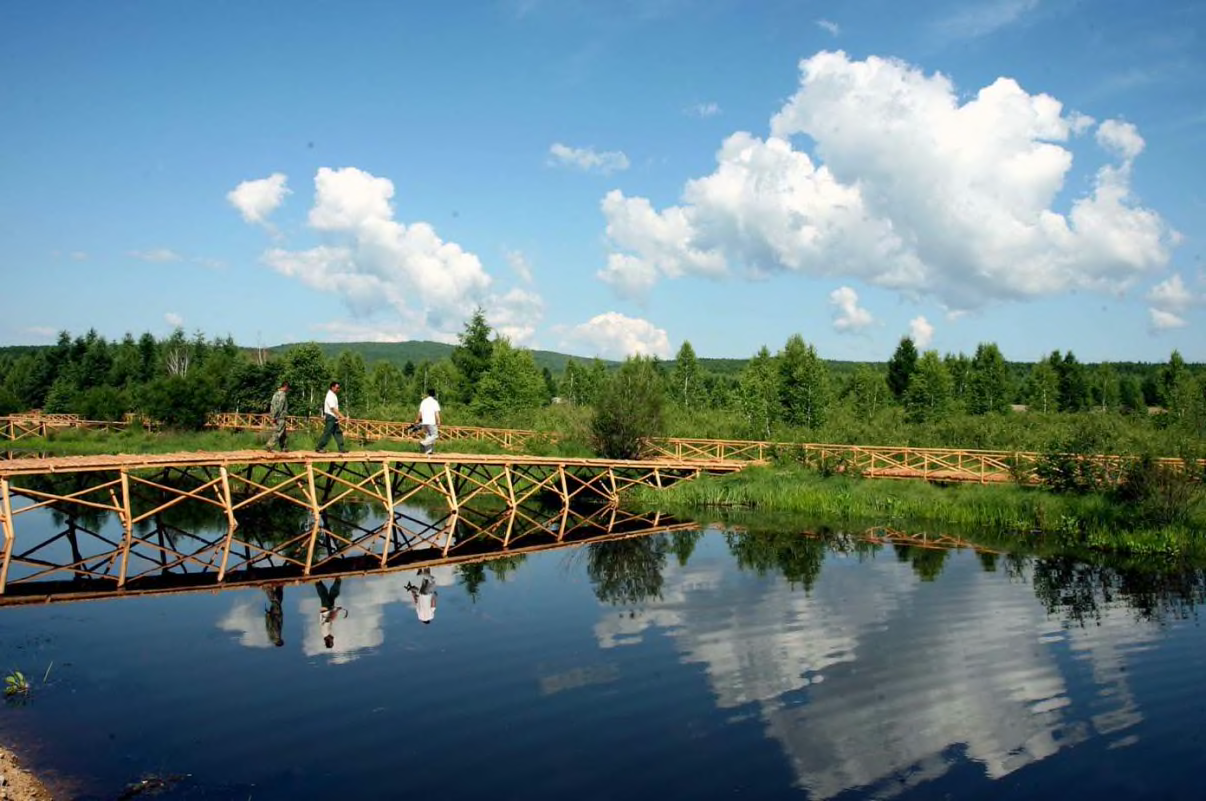
CHINA
Keyihe IFM Project
This project is located in the inner Mongolia Autonomous Region of China and the core goal of the project is to deliver Improved Forest Management (IFM) through the conversion of logged forest to protected forest. The project area comprises more than 20,000 ha of land with wildlife species such as Birch(Betula platyphylla) and Larch (Larix gmelinii). Before the implementation of the project activity, the trees in the project area were harvested in compliance with a government-approved timber management plan.
The implementation of the project converted the area to a protected forest to avoid the emission of greenhouse gases associated with logging. The project activities also contribute to environmental management in the area, including but not limited to biodiversity conservation and soil erosion control.
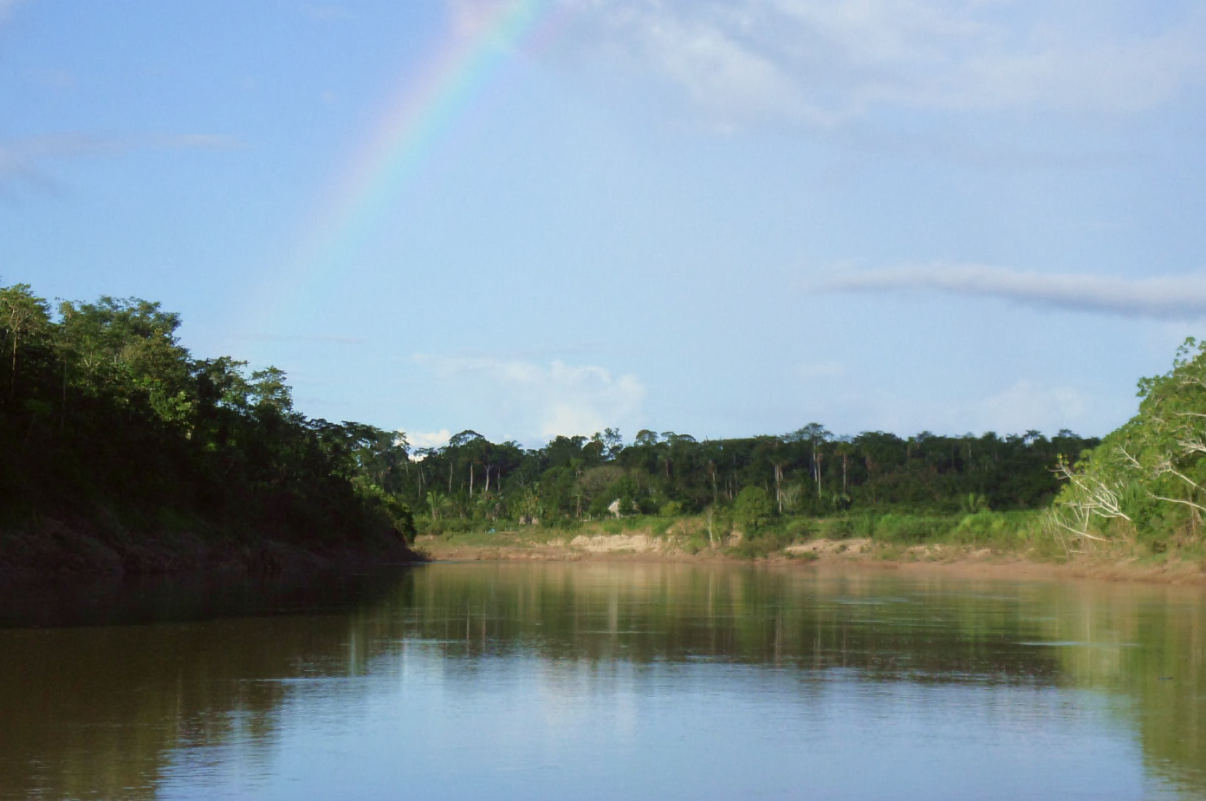
BRAZIL
ENVIRA AMAZONIA TROPICAL FOREST CONSERVATION PROJECT
Tackling deforestation and protecting some of the world's most biodiverse habitats, while enabling sustainable and community-based livelihoods
This project is one of the largest REDD+ projects in the world and one of only a handful of projects to achieve validation and verification to the VCS-CCB with Triple Gold Distinction. The project safeguards approximately 200,000 hectares of pristine rainforest in the Amazon Basin from deforestation while working with the farmers that live there, to support their livelihoods. In addition to delivering carbon reductions of approximately 1.2 million tCO2e each year through avoided deforestation, the project provides education and training opportunities to local communities including offering agricultural extension training courses; establishing a local headquarters with a local pharmacy and health clinic; and building community bathrooms; to eventually granting land tenure to local communities and establishing alternative economic activities including commercializing the collection of medicinal plants and açaí.
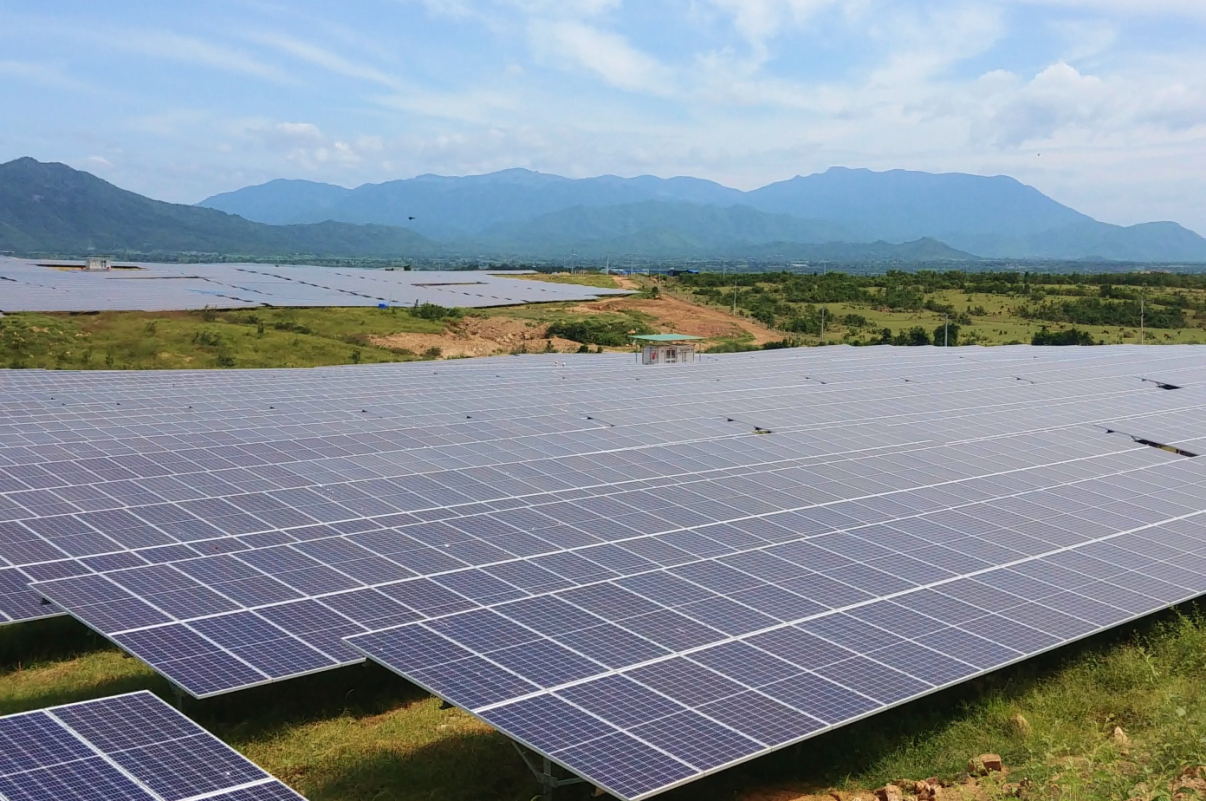
NINH THUAN, VIETNAM
MY SON HOAN LOC SOLAR
Driving Vietnam’s renewables revolution through solar power.
This solar energy plant in Vietnam’s sunny Ninh Thuan province is helping to catalyze Vietnam's transition towards a greener, low-carbon future. It offers an alternative, renewable energy, to replace the need for traditional fossil fuels and boosts local economies by employing individuals from the local community paying them sustainable wages to end poverty.
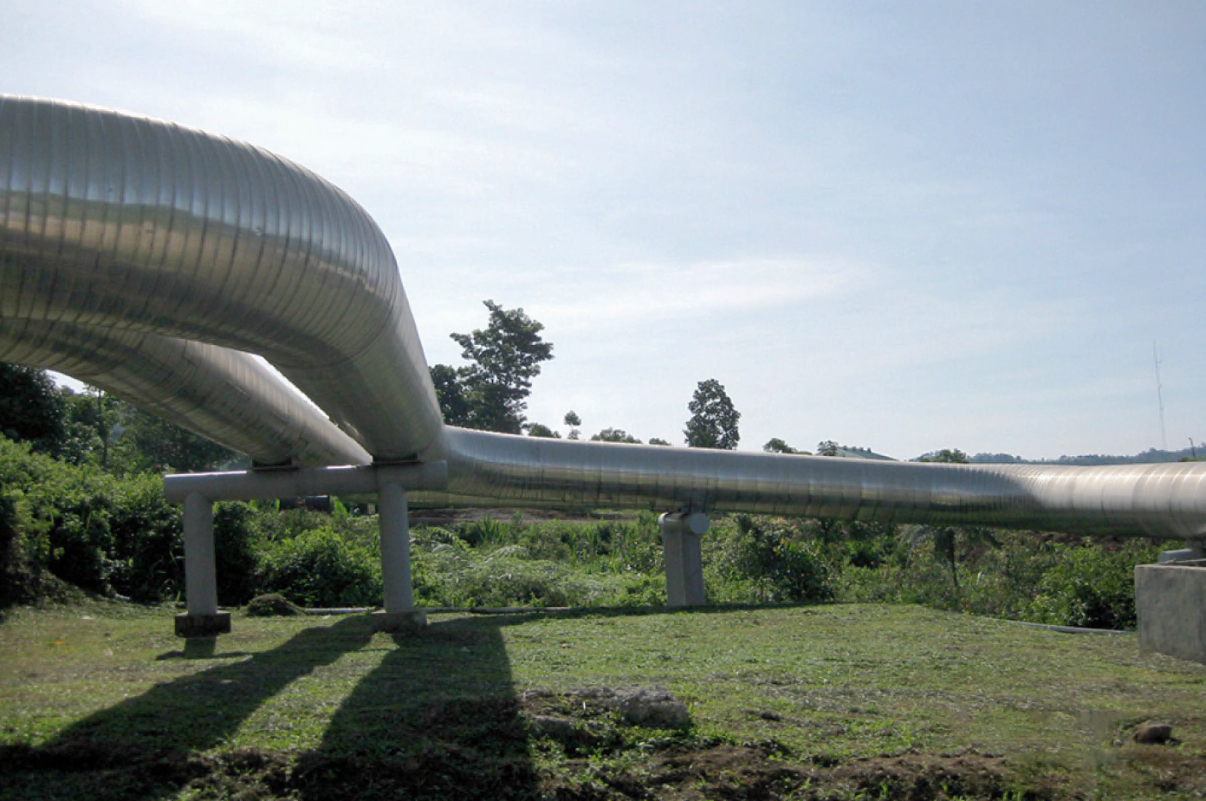
INDONESIA
ULUBELU GEOTHERMAL
Harnessing Indonesia’s geothermal fields for clean, renewable energy.
Located in Lampung province at the southern tip of the island of Sumatra, the Ulubelu geothermal power plant generates over 860 GWh of renewable electricity for Indonesia’s Sumatra Interconnected Grid. At the same time as reducing emissions, this project contributes to sustainable development and helps facilitate Indonesia’s low-carbon energy transition.
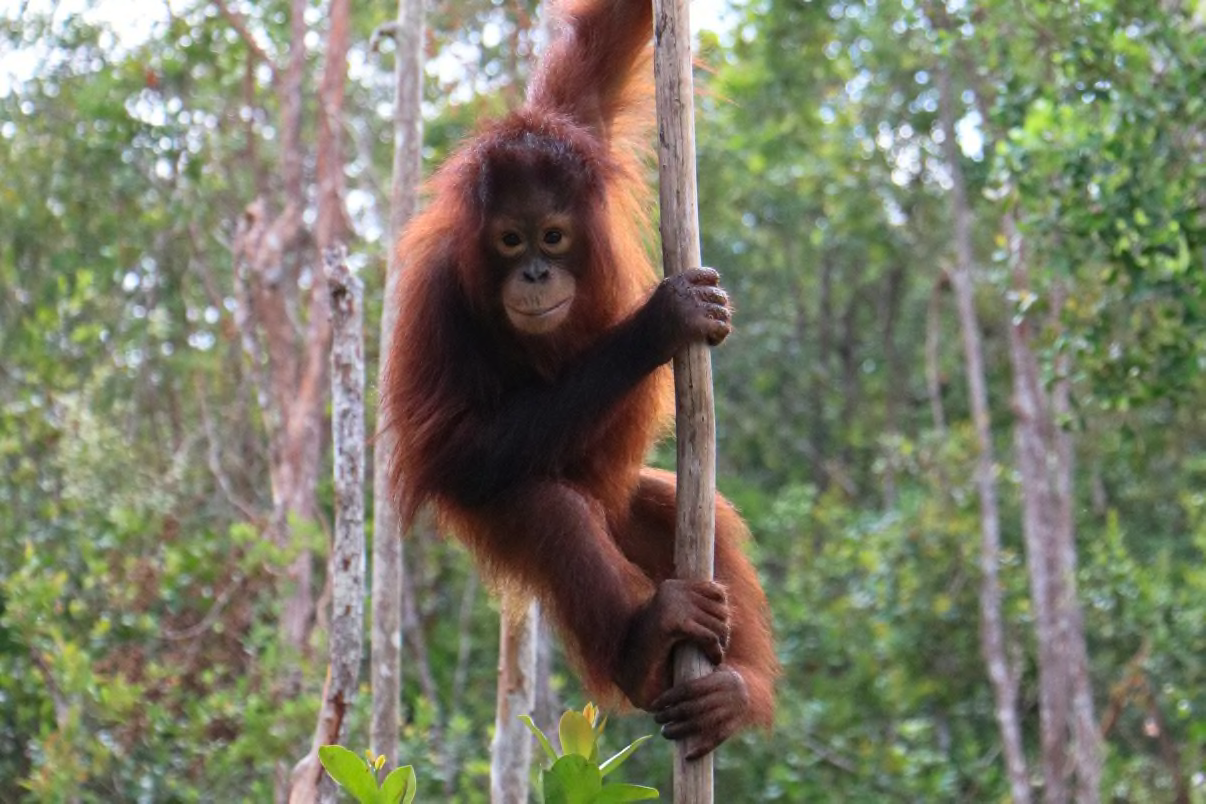
CENTRAL KALIMANTAN, INDONESIA
RIMBA RAYA BIODIVERSITY RESERVE
Protecting 65,000 hectares of forest and the endangered Borneo Orangutan, while creating livelihood opportunities for local communities.
The Rimba Raya Biodiversity Reserve is an area of tropical peatland on the Island of Borneo in Indonesia. This project protects 65,000 hectares of carbon-dense tropical forest and peatlands by halting deforestation of rainforest areas originally designated for palm oil plantations. By supporting this project, Logitech is helping to enable the conservation of a REDD+ carbon sink and the protection of 105,000 endangered Borneo Orangutans. The project also provides livelihood opportunities for more than 2,500 households living within the project area—through education and agroforestry conservation—improving food security, income opportunities, health care, and education—all with the support of carbon finance.
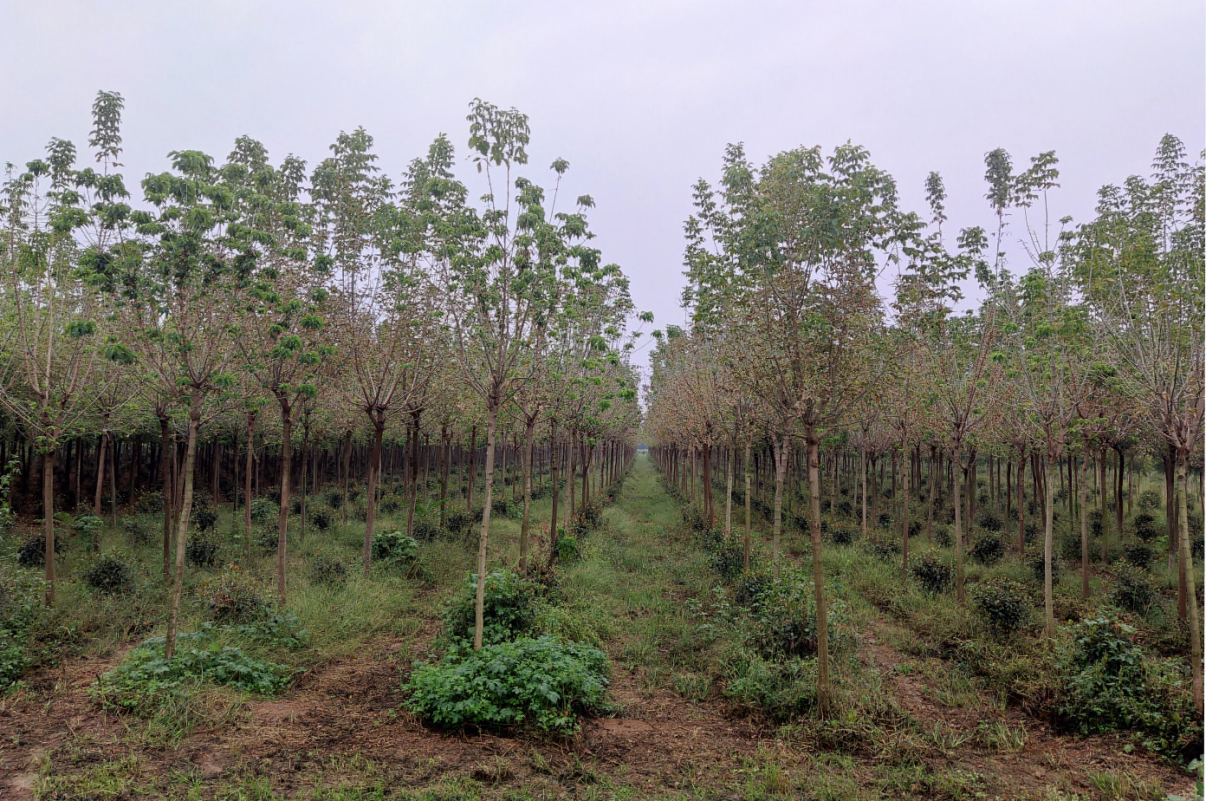
CHINA
HENAN FANGCHENG AND TANGHE AFFORESTATION
Sequestering carbon to drive our transition to net zero
This project is establishing new forestry by planting trees on lands that were barren for at least 10 years prior to the implementation of the project. Activities such as intensive farming, grazing or timber harvesting are no longer allowed in the project area and have been replaced with tree planting and forest management. The project creates job opportunities for local residents, who acquire the necessary skills in forest planting and management through vocational training. By restoring these forest ecosystems, the project contributes to the reduction of greenhouse emissions, conserves biodiversity and water and mitigates soil erosion, whilst helping local communities transition towards more sustainable livelihoods.
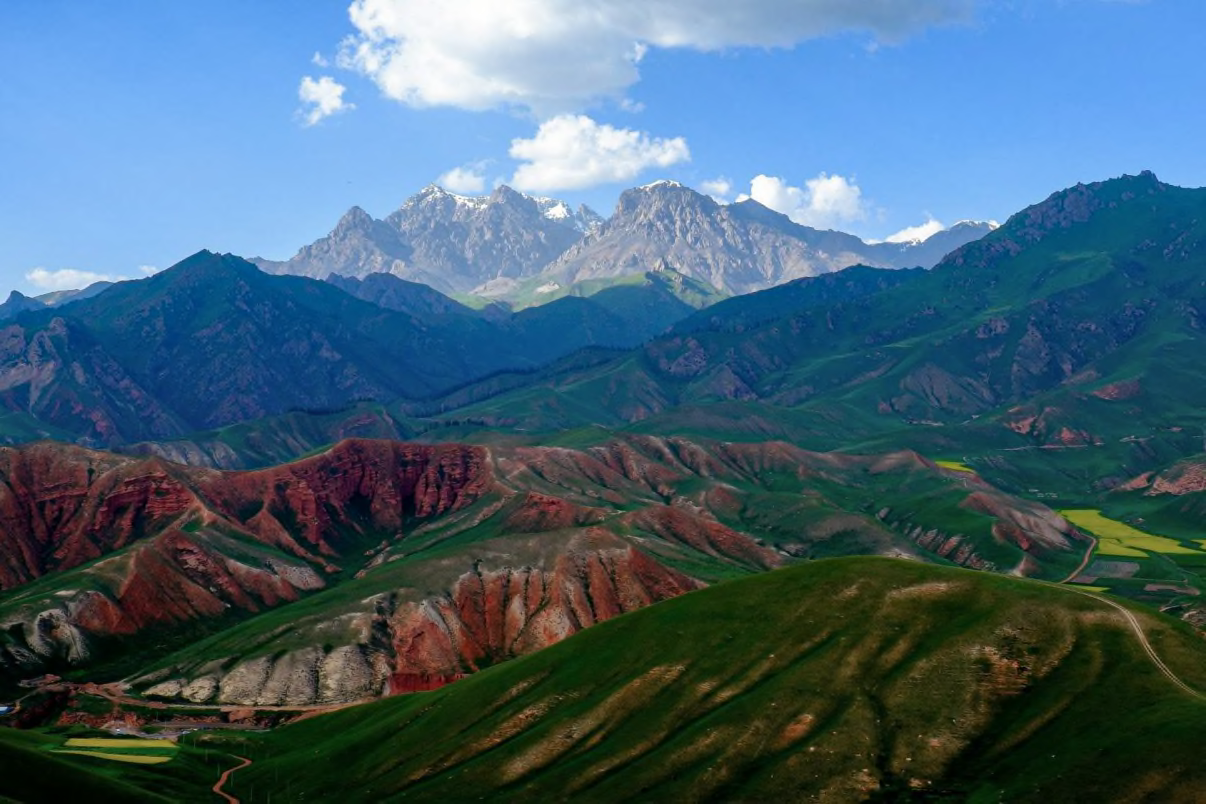
CHINA
QINGHAI AFFORESTATION
Removing carbon to drive our transition to net zero.
Qinghai Province is part of the Tibetan Plateau and lies at an altitude of more than 3,000m above sea level. Hailed as the "roof of the world", and the "water tower of Asia", the Plateau is a natural habitat for rare animals and a focus of China's efforts to create nature reserves, forests, grasslands and wetlands. Qinghai Lake is the largest lake in China and sits at the crossroads of several bird migration routes across Asia. The project is located to the east of the lake and will restore 14,000 hectares with the planting of a resilient mix of native tree species including Spruce, Juniper, Pine, Poplar, Birch and Elm on barren or degraded lands, where there is no natural renewal or reforestation. The project also aims to support the local community by providing technical skills and training.
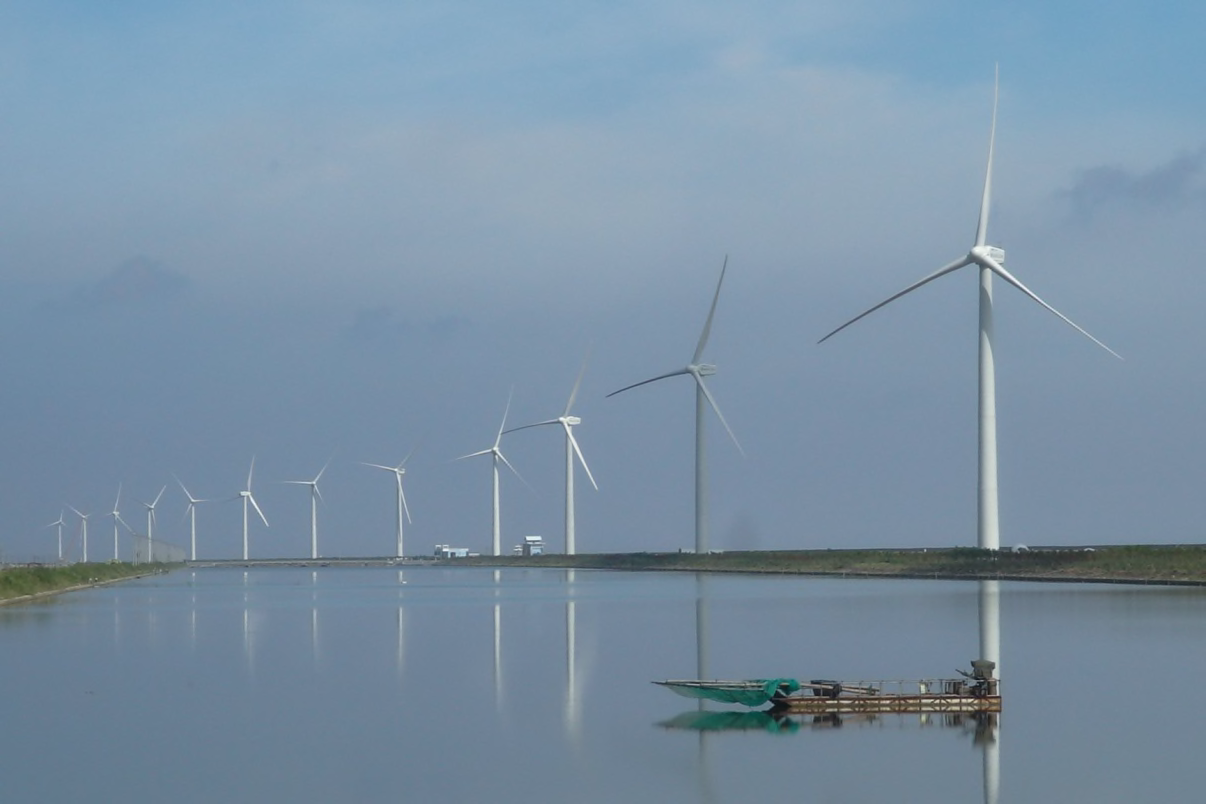
CHINA
Cixi Wind
Supporting the growth of China’s green renewables sector by enhancing renewable energy capacity, to meet growing energy demand.
The Shanghai Cixi Wind Project generates renewable electricity in Hangzhou Bay. Thirty-three turbines, each of which has the capacity of 1.5 MW, generate an average of 105 GWh per year, with an associated annual carbon reduction of approximately 100,000 tCO2e. By generating renewable electricity, this project is helping to achieve China’s national goal to source 35% of the country’s electricity from renewable sources by 2030.
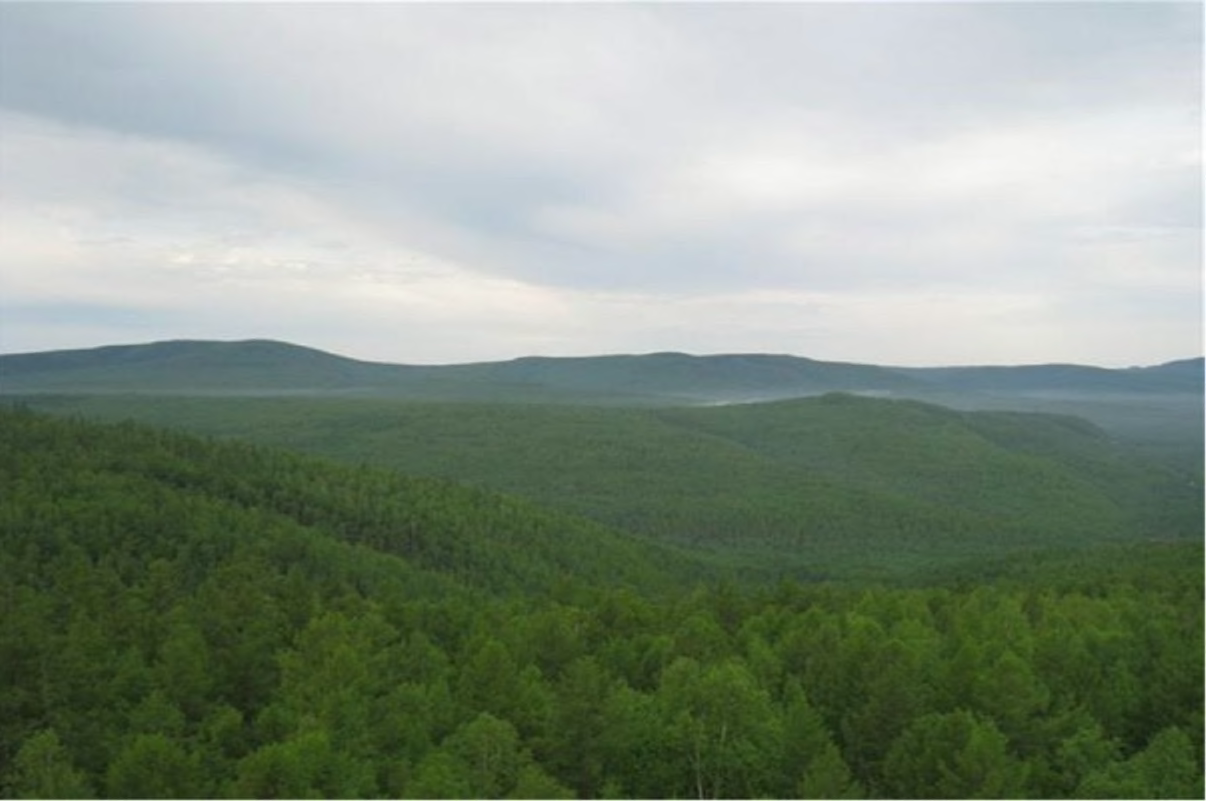
CHINA
WU’ERQIHAN IMPROVED FORESTRY MANAGEMENT
Protecting Inner Mongolia forestry for future generations to enjoy.
The goal of this project is to converse logged trees to protected forest.The area of the project activity is 20,526 ha, the species involved in the project are Birch(Betula platyphylla) and Larch (Larix gmelinii). Before the implementation of the project activity, the trees are logged based on a valid and verifiable government-approved timber management plan for harvesting the project area. The implementation of the project activity converses the trees to protected forest to reduce the GHG emissions. The project activity will contribute to the environment (biodiversity conservation and soil erosion control), thus contribute to sustainable development.
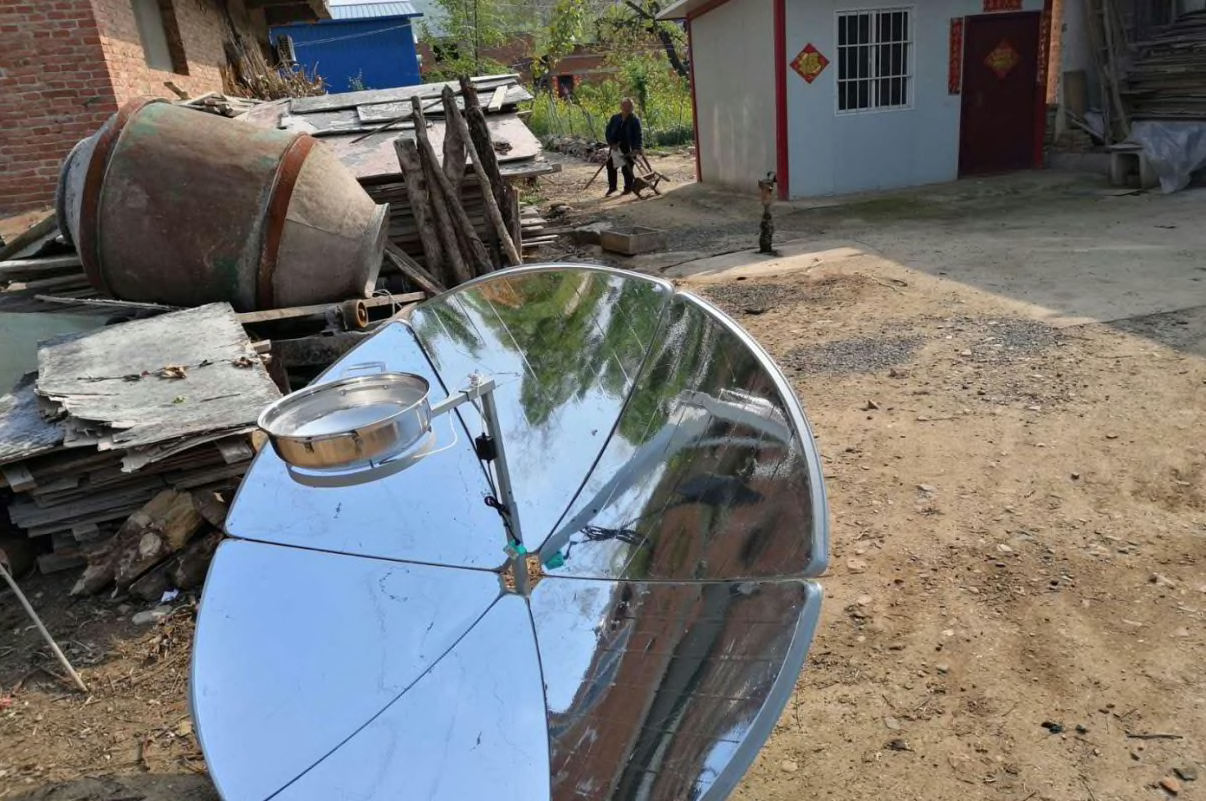
CHINA
HENAN FUNIUSHAN SOLAR COOKERS
Providing solar cookers to low income households—to improve fuel efficiency and family health.
Henan Province is one of the poorer regions in China, where local communities routinely use coal-fired cooking stoves. This project distributes solar cookstoves to families in eight rural villages across Henan province to reduce the use of coal for household cooking and therefore avoid greenhouse gas emissions, improve air quality and save families valuable time and money, which would otherwise be spent collecting and purchasing fuel.
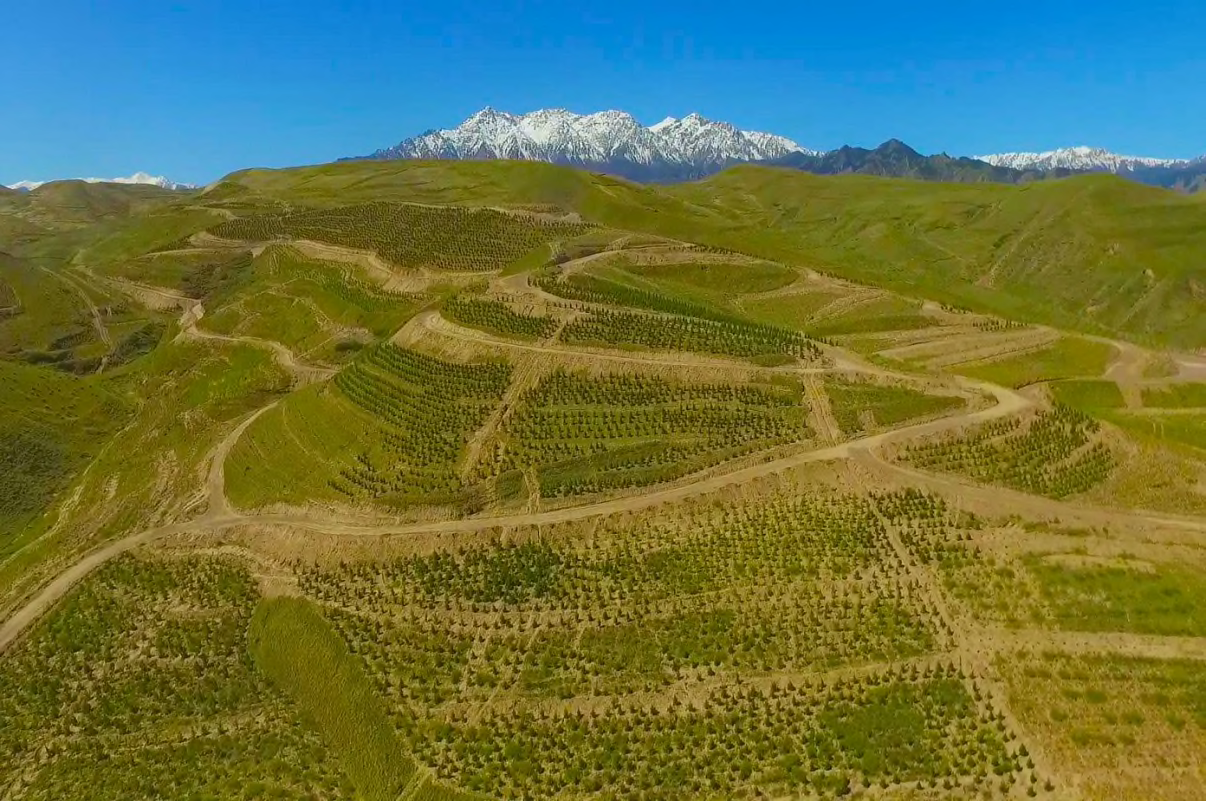
CHINA
ZHANGYE AFFORESTATION
Afforestation to increase carbon removals
This afforestation project involves the planting of more than 23397.80 ha of barren lands in Zhangye City with native tree species. The Project's aim is to increase carbon removals and contribute to local sustainable development. The implementation of the afforestation project will generate greenhouse gas emission removals and mitigate climate change; improve soil and water conservation and forest cover; enhance local biodiversity by increasing the connectivity of forests, and bring income and job opportunities for local communities and residents.

CHINA
XIMENG ZHELIGENTU WIND
Financing the development of a more renewable grid in China
Phase 1 of the Inner Mongolia Ximeng Zheligentu Wind Farm Project involves the construction of a windfarm in Inner Mongolia, China. The windfarm will utilize wind resources for electricity generation and the electricity generated from the project will be sold to West Inner Mongolia Power Grid, which is an integral part of the North China Power Grid. The estimated annual net electricity output and average annual emission reductions of the proposed project are 99.48GWh and 104,941tCO2e per annum, respectively.
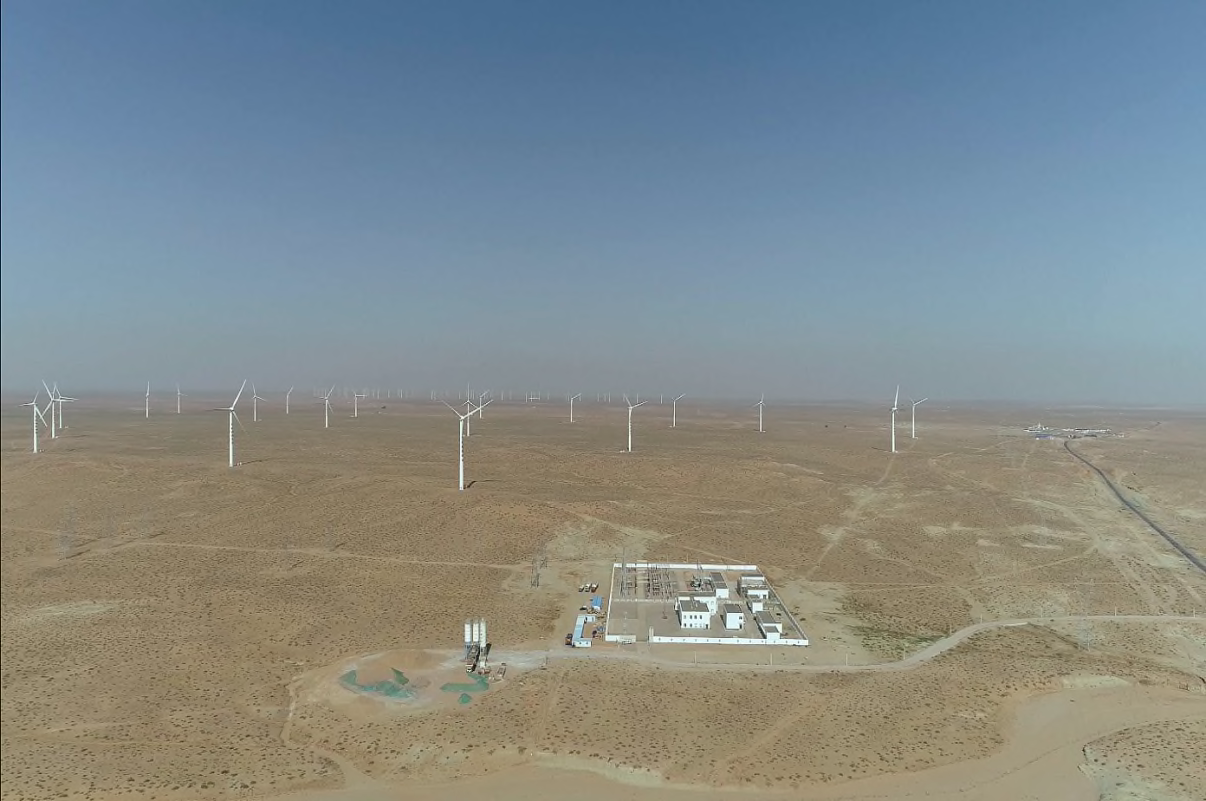
CHINA
WUJIER WIND
Financing the development of a more renewable grid in China
The Inner Mongolia Wujier Wind Power Project is a grid-connected renewable energy project in Ordos city, Inner Mongolia, in the People’s Republic of China. The purpose of the Project is to utilise a wind power facility to generate zero greenhouse gas (GHG) emissions electricity for the North China Power Grid thereby displacing more carbon-intensive electricity from fossil fuels. The project is expected to reduce greenhouse gas emissions by an estimated 120,508 tCO2e per year during the first crediting period by displacing electricity from the grid.
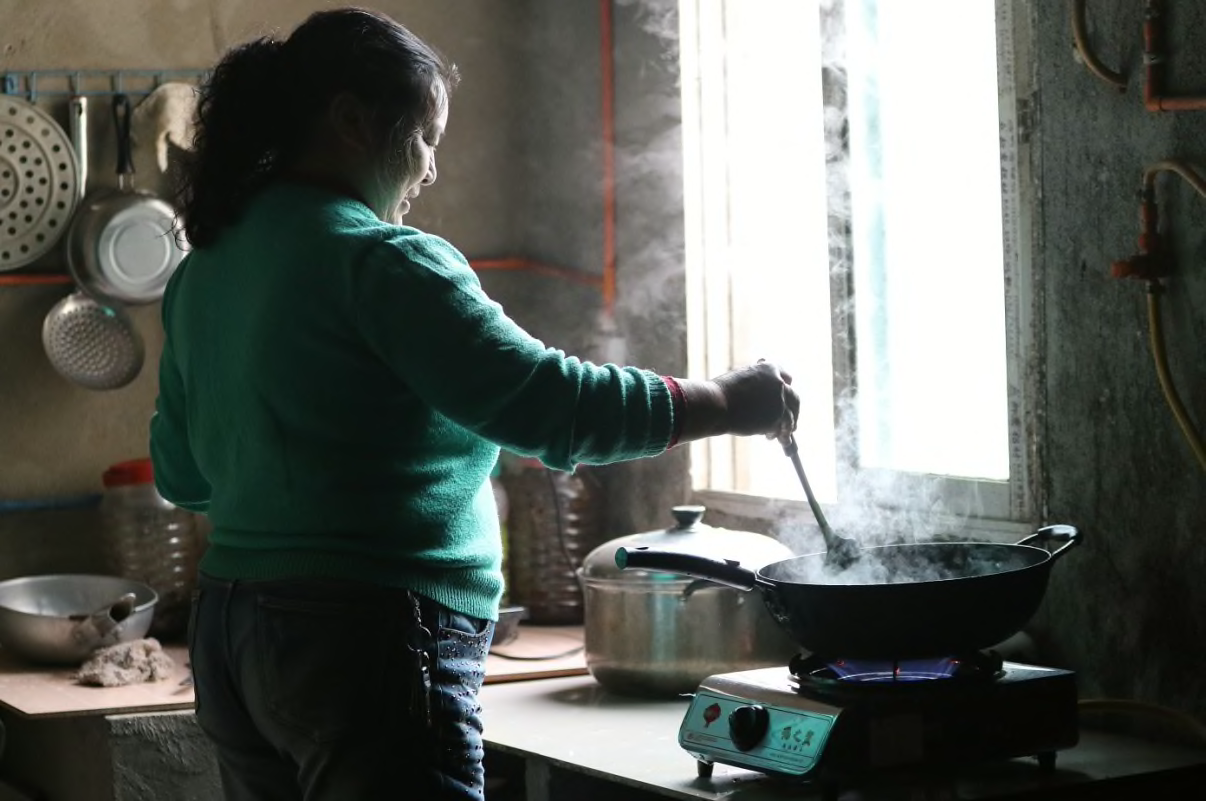
CHINA
HAIKOU RURAL METHANE DIGESTERS
Recovering biogas and displacing fossil fuels
The Haikou Rural Methane Digesters Project is located in Haikou City, Hainan Province, China. The project helps farmers to build methane digesters that can be used to ensure organic matter including manure and wastes decays anaerobically. The project reduces greenhouse gas emissions in two ways: 1) the recovery and utilization of biogas from digested slurry in the biogas digester and 2) the biogas is used as thermal energy to replace the fossil fuel (coal), which is currently used to meet local households’ daily energy needs for cooking and heating.
- India - Solar Power
- Planting Trees with ForestNation
- Hebei Yuxian Kongzhongcaoyuan
- Darajat Unit III Geothermal Project
- Qianbei Afforestation Project
- Inner Mongolia Wujier Phase I Wind
- Agrocortex REDD Project
- CECIC HKC GANSU CHANGMA WIND POWER
- Keyihe IFM
- ENVIRA AMAZONIA TROPICAL FOREST
- MY SON HOAN LOC SOLAR
- ULUBELU GEOTHERMAL
- RIMBA RAYA BIODIVERSITY RESERVE
- HENAN FANGCHENG
- QINGHAI AFFORESTATION
- CIXI WIND
- WU’ERQIHAN IMPROVED FORESTRY MANAGEMENT
- HENAN FUNIUSHAN SOLAR COOKERS
- ZHANGYE AFFORESTATION
- XIMENG ZHELIGENTU WIND
- WUJIER WIND
- HAIKOU RURAL METHANE DIGESTERS
Rethink
We are rethinking how we do business, innovating our materials, supply chains, and go-to-market opportunities. We are catalyzing business model evolution and we are focusing on carbon clarity - to hold ourselves accountable for the change we wish to be.

CARBON CLARITY
We are the first consumer electronics company to put carbon impact labels on our products and we pledge to do this across our entire portfolio by 2025. Our goal is to empower consumers to make more informed purchasing decisions and catalyze an industry-wide shift towards carbon clarity.




